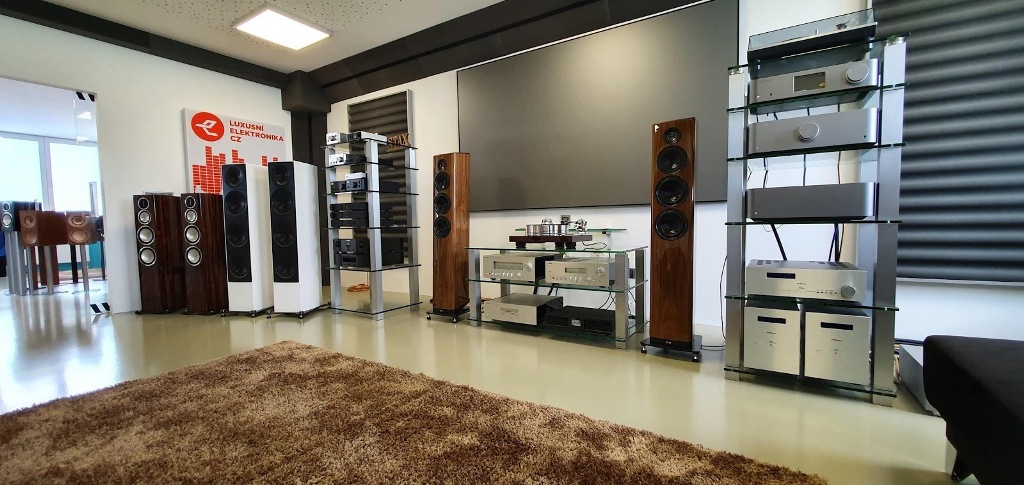We’re living in a golden age of TV. The last couple of decades TV has replicated cinema in terms of budget and quality, but Game of Thrones was never screened in the local theatre, it was beamed into the laptop screens and living rooms of millions of fans, couples and families eager for some high-quality entertainment.
Home cinemas have long been the staple of a successful man cave, and now that we have 24/7 access to the best content ever created, it’s time that our home set-ups reflect the quality of what we’re viewing. Replicating the cinema experience -while getting to pause and pop your own corn- doesn’t need to cost an arm and a leg, but those looking for that cinema standard should view their set up as an investment.
Wireless TV Speakers
Everything Is becoming wireless these days, and younger generations won’t appreciate the frustration of untangling the mysteries of the universe over 100 feet of right-left cable connections, stapling, taping and nailing surround sound cables to the walls to hide them from sight, and having a gigantic control center complicating everything.
Wireless speakers are perhaps the most revolutionary part of the modern home theatre system. The bare essentials needed are WIFI and Bluetooth connectivity. If buying online make sure that the “wireless” is truly wireless, rather than having a central wireless unit connected by wires to surrounding speakers. For more information on specifications and unique details on wireless tv speakers, we recommend visiting “The 10 Best Wireless TV Speakers of 2019” by Audiostance.
Subwoofer
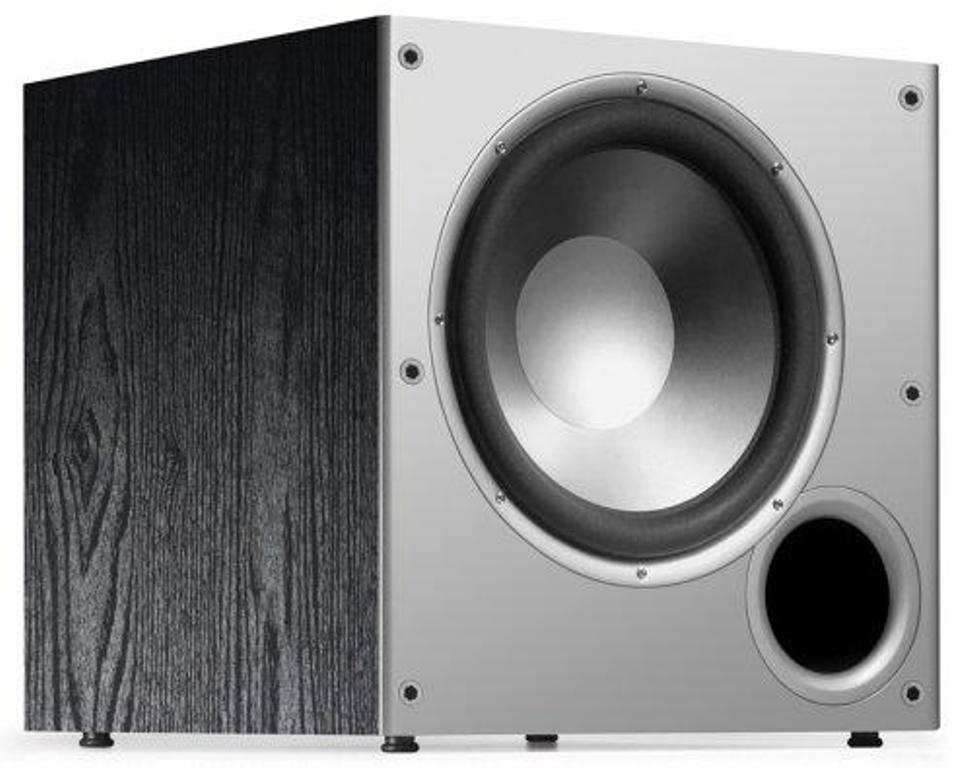
Subwoofers have gained a bad rep from teenagers with inexplicable spoilers on their cars blaring dubstep. But a good subwoofer is vital to be fully immersed in the action scenes. We don’t just want, but need that throttling rasp from airplane engines during Pearl Harbour, or the thud of horse hooves in Lord of The Rings.
More powerful subwoofers are important not because you can blast through to next door, but because they can deal with lower frequencies much more precisely than a lower wattage woofer. For 7.2 movie soundtracks you’ll also want two subwoofers to suit the audio channels programmed into it.
Streaming Player
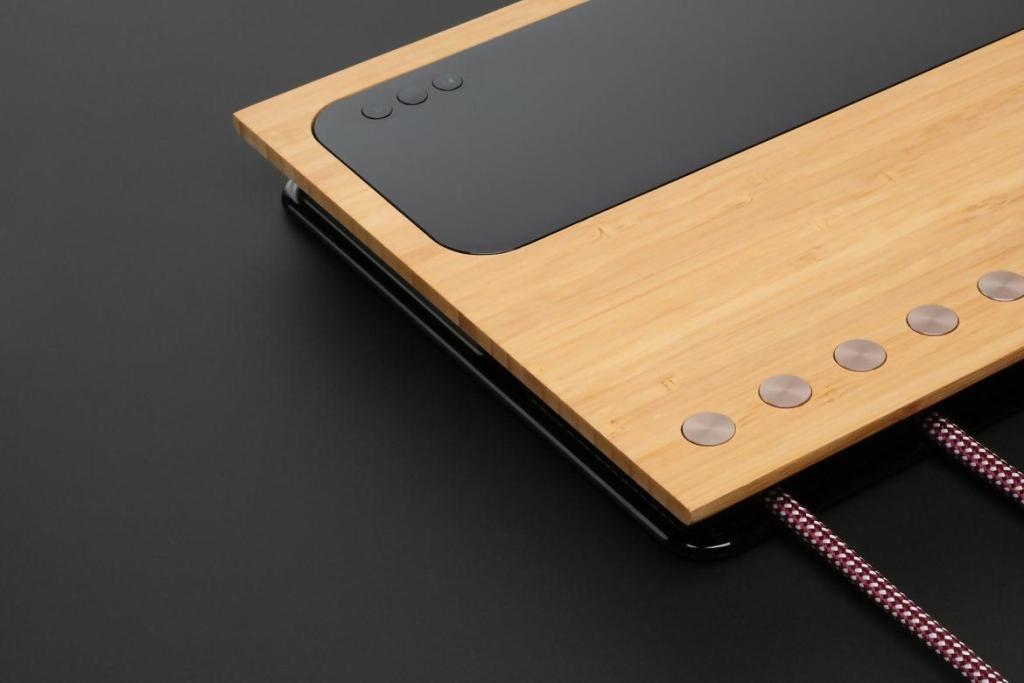
For those with, or without smart Tv’s streaming players are a great way to access free and premium TV shows and movies. With all of us selecting shows from menus it’s easy to forget that cable TV has some amazing content that we wouldn’t think to watch. The days of flicking through channels until something catches your interest don’t have to disappear now that we have everything at our fingertips, there’s still room for curiosity.
Some major brands like the Roku even have a lost remote finder. Better streaming players have ethernet connections that will ensure you have access to the fastest speeds your router is capable of for streaming in 4k.
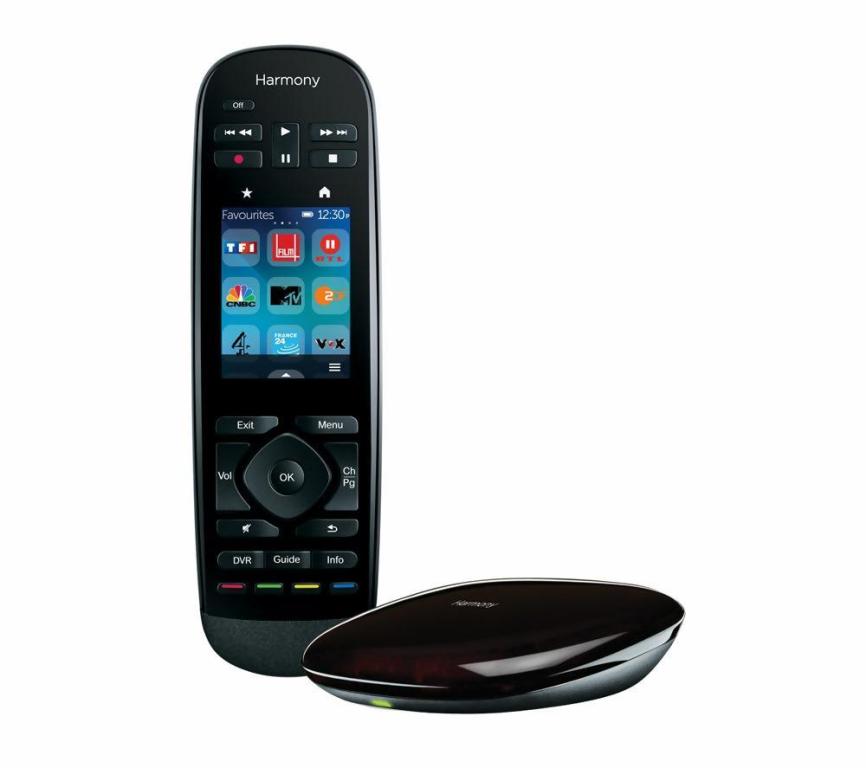
Smart Universal Remote
So, you’ve got the perfect set up, everything rigged and ready, but where’s the remote? Under the couch? On top of the table? In one of the kids backpacks for some inexplicable reason? Please, please, don’t make the mistake of having the best set up that involves seven remotes, one in which you just can’t get the right volume level.
Smart remote controls are the device that lets you operate seamlessly across devices. Some handy features you might want to look out for are ones that don’t need direct line of sight, or whether it is backlit for seeing in the dark. The one drawback of smart remotes though is that they lock you into the most common devices, but they’re also the most reliable for unlocking features in.
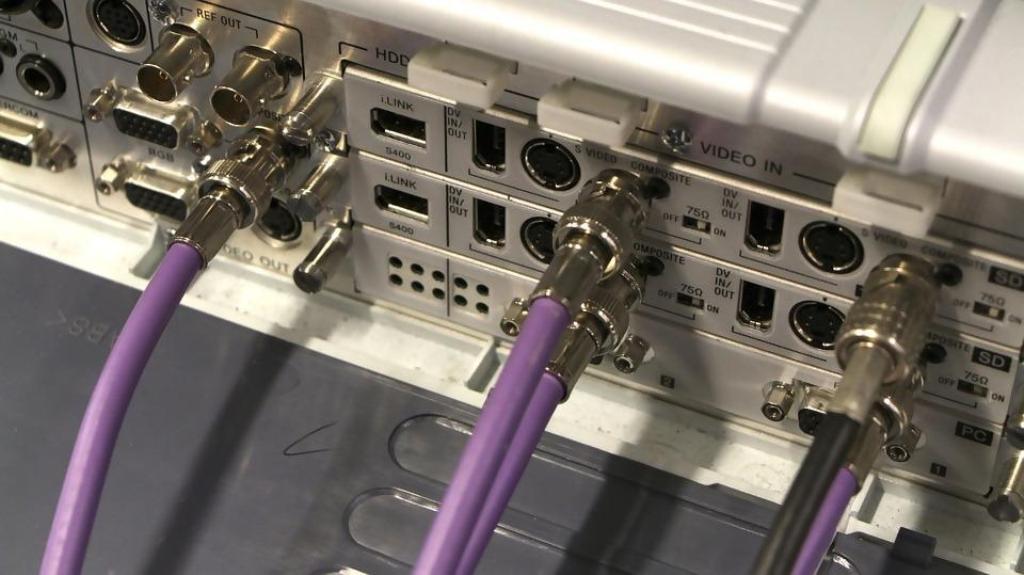
Home Theatre Receiver
The receiver is responsible for doing the dirty work of connecting and switching sources. It’s that frustrating back panel with all the wire inserts, red and white dotted connectors and all sorts of things we’d rather not know about. But to truly soup up your home theatre, it’s often a necessary evil.
Once set up, it will decode audio as it processes and amplifies the power in your speakers. Simultaneously it sends video from the receiver to the TV. It’s almost like a WIFI router, information travels in and then is sent out -not as internet- as high quality sound and video. This device is what allows you to run multiple applications at the same time, then choose the source to switch between them.
Audio output goes beyond the idea of simply “surround sound”, although that is itself essential. Manufacturers will often give power ratings based on peak output, i.e the highest level the speaker can handle during a spike of sound. For home cinema, this means something like an explosion pushing the sound threshold that bit higher.
Even though surround sound options aren’t everything, if you can get a device offering 7.1 without sacrificing quality, then it’s a winner; always great to leave options to upgrade. Be warned though that these devices are quite technical, it’s advisable to visually inspect the set up and see if it’s something you’re comfortable -or bothered- with.
Projector vs Screen Debate
Whether to invest in a projector a HD smart TV can be a matter of available space in the house, or will be decided on how you want to use your equipment and match them with devices.
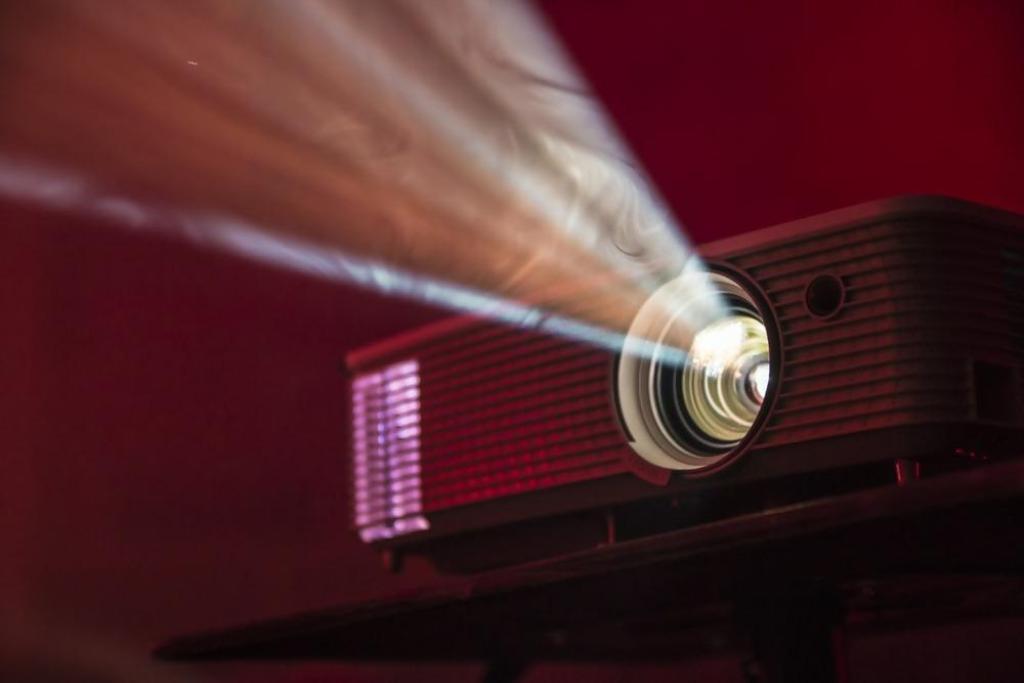
Projector
A projector can throw crystal clear images onto a screen of up to 110” without sacrificing quality. It’s also got that beautiful authentic quality of seeing the light catch in dust over your head.
Previously, projector bulbs would cost hundreds to replace, but modern LED bulbs not only last up to around 20,000 hours so the initial cost comes back as a dividend. They also provide a wider range of colors from a more powerful light, leading to better color saturation and clearer images, particularly in rooms that aren’t blocked off from outside lights.
Unfortunately, connectivity is where most projectors let us down, and it’s usually lower end spec ones that have all the HDMI, WIFI and Bluetooth connections that we’ve come to expect as industry standard in televisions.
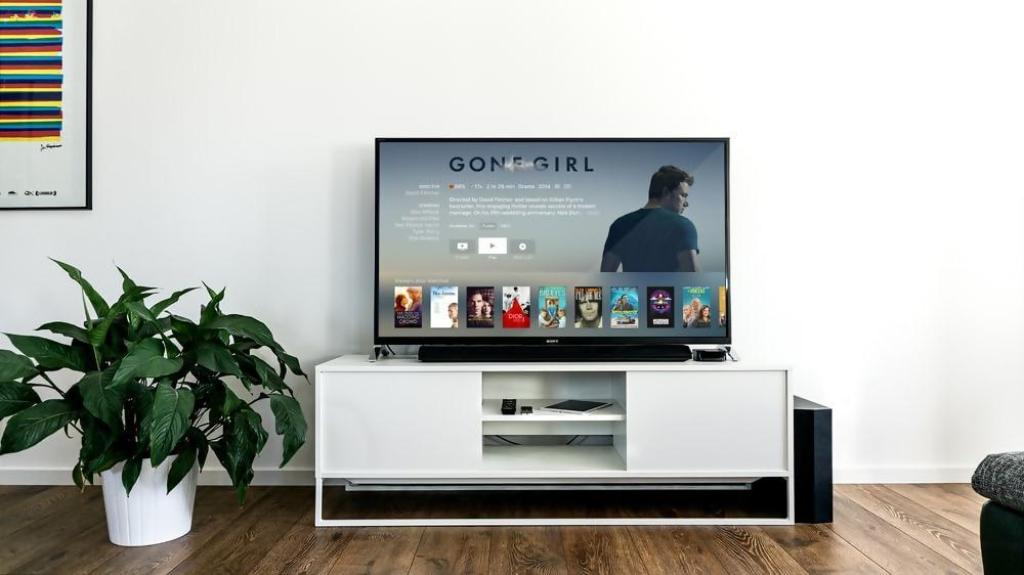
Smart TV
Smart TV’s are limited on screen size compared to a projector. But they’re otherwise absolute powerhouses of compatibility. Aside from being the easiest thing to adapt to games consoles, USB sticks, home cinema speaker and everything else you could imagine, smart TV’s have the amazing ability for screen mirroring.
Rather than awkwardly grouping together to watch the latest viral videos with some friends, it’s better to link your phone to your TV in a process called “mirroring”. This way your phone acts like a high-tech remote control.
But the Smart TV’s real contribution to a home theatre is its focus on apps. Smart TV’s host all the essential streaming apps like Netflix, Amazon Prime and YouTube to deliver immediate content into your living room. It’s these built in functions that make Smart Tv’s the real king of the modern home cinema. You have the option to immediately connect to wireless speakers through WIFI and Bluetooth, or to connect a more complicated amplifier and really take control over the minutiae of your experience.
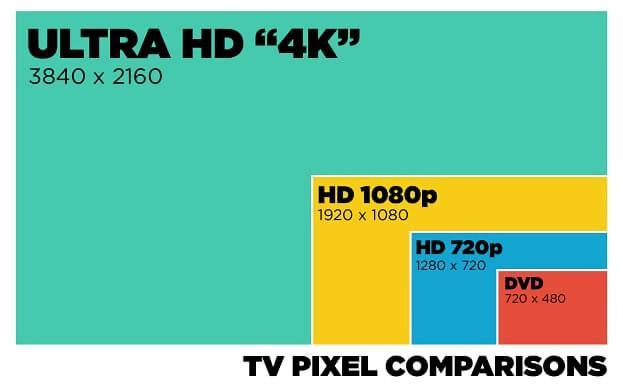
Picture quality on some Smart TV’s is up to 8k pixels, far above the industry standards of production at the moment, which means, like original plasma TV’s, they’re a bit ahead of the time, and above most people’s price range. Investing in anything less than 4k would be redundant given the quality of most broadcasting will soon begin to see 4k as standard.
If you think you’ll be diversifying your theatre beyond the inbuilt options of a Smart TV then the focus should be on pixel quality, contrast, and HDMI connections for the TV so that you can connect it to streaming boxes and anything else that you will be using.
Kitting out your house and making it your own can range from cheap to very expensive, and from simple to almost an engineer’s level of rigging equipment with an electrician’s understanding are sometimes required. But this list helps simplify the key decisions and distinctions that will be running through your mind during the process, no one wants to be the one getting up and tweaking details all during the movie, so make sure to go within your own range and know what you want. Generally speaking, wireless sound connectivity with a Smart TV is by far the simplest way of getting an immediately pleasurable visual and auditory experience.

